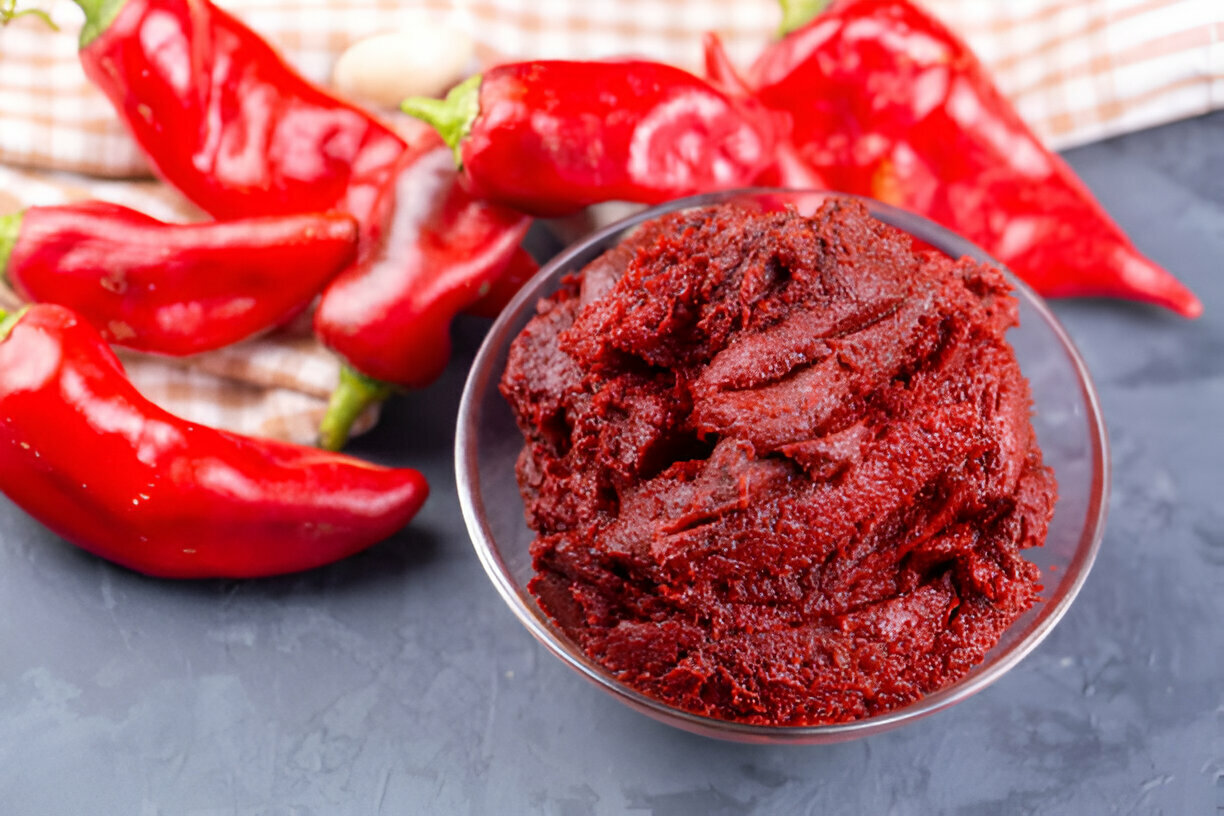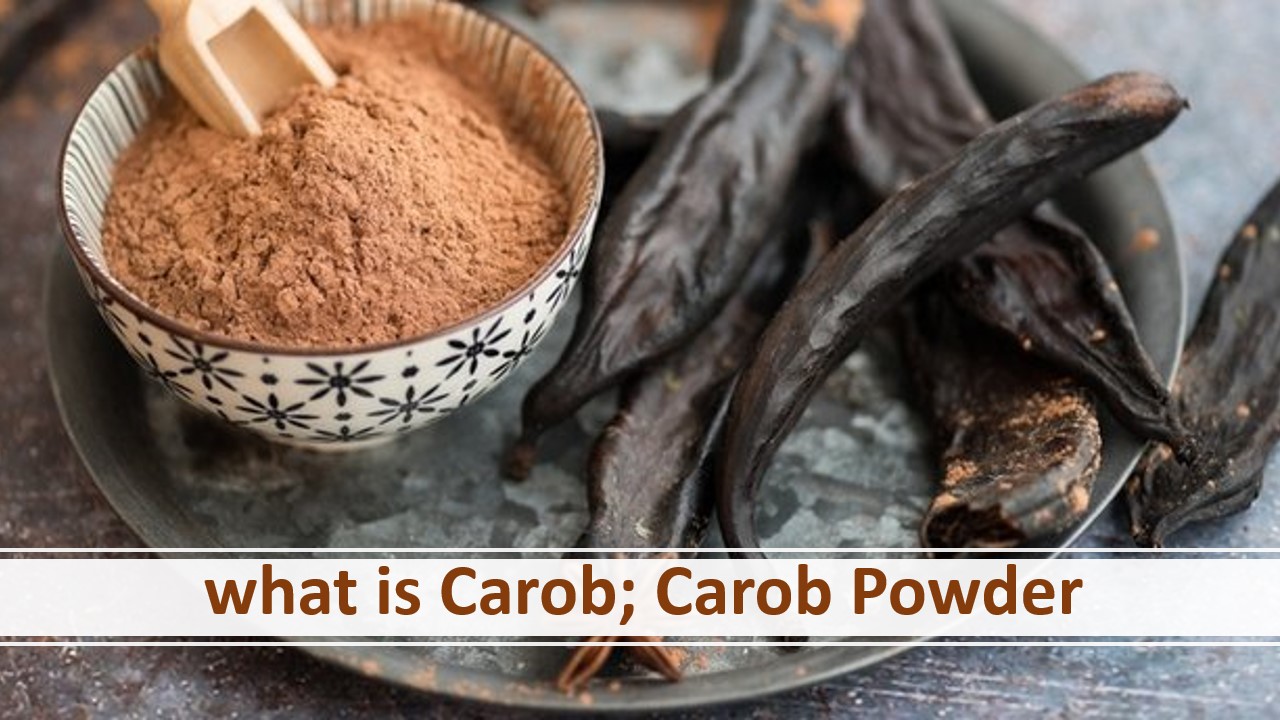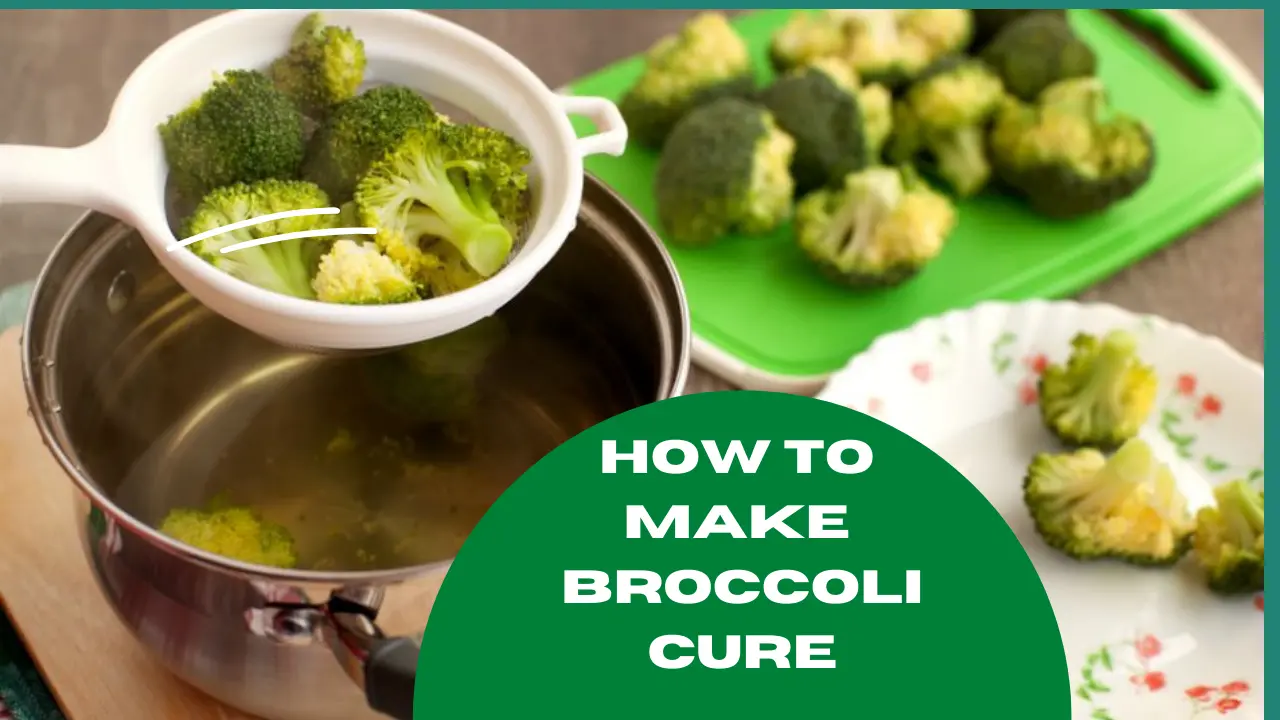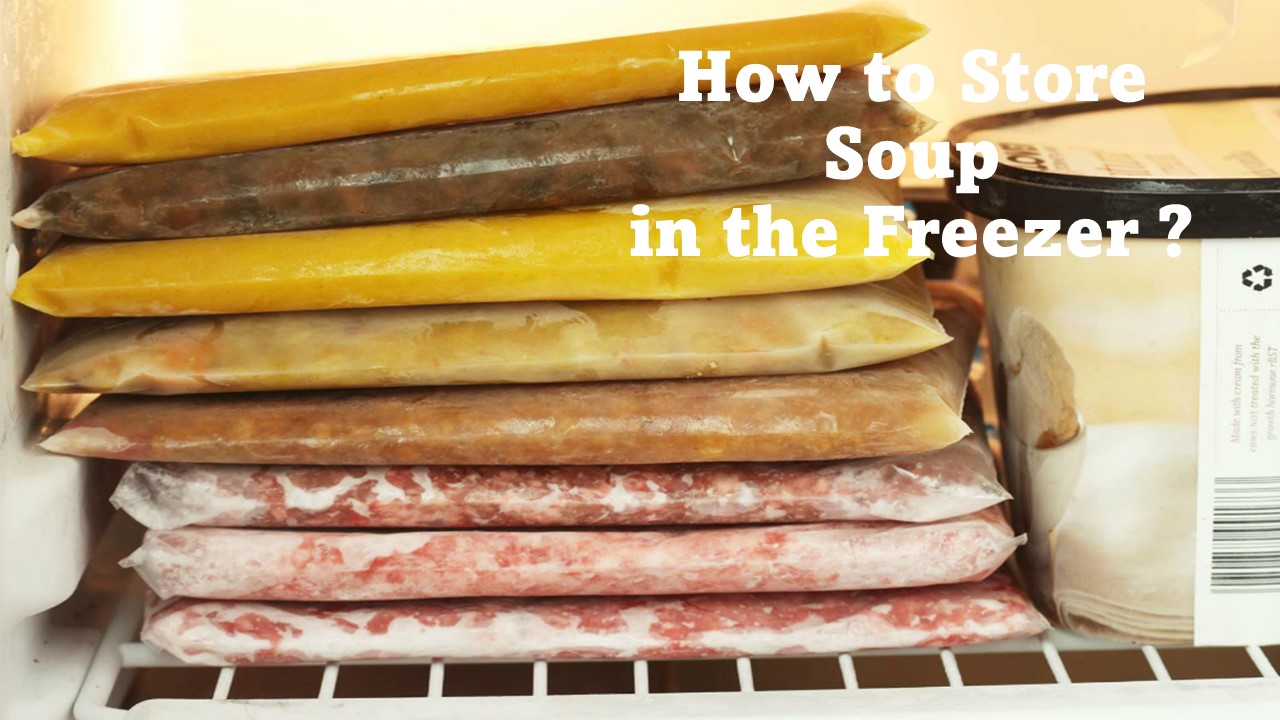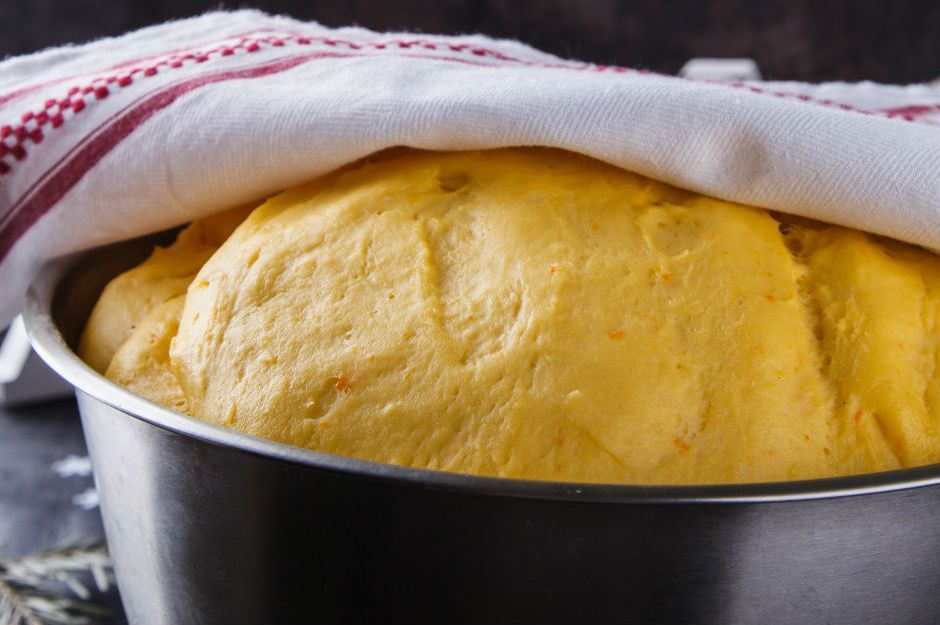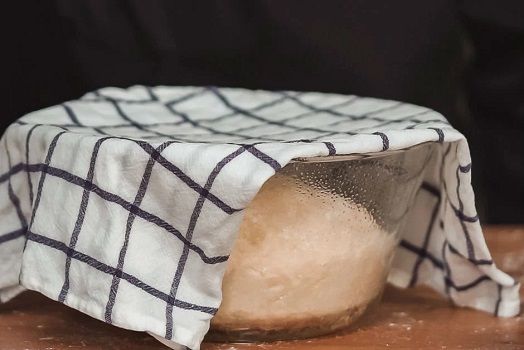Raditional, Homemade, Rich & Flavorful Turkish Red Pepper Paste — known locally as biber salçası — is one of the […]
What is good for heartburn
What İs Good For Heartburn If you often experience that burning sensation in the stomach and / or oesophagus, which […]
what is Carob; Carob Powder
what is Carob; Carob Powder We often hear the name of carob, which is said to have many benefits, but […]
How to Make Broccoli Cure
How to Make Slimming Broccoli Cure A Flavor that Protects From Bone Resorption and Cysts and Helps Weight Loss: Broccoli […]
How to Store Soup in the Freezer?
How to Store Soup in the Freezer? If the soup you have prepared is more than you expected, if you […]
9 Useful Uses of Apple Peels
9 Useful Uses of Apple Peels Red, green, yellow… Those who think that they can’t make enough use of the […]
The Story of Turkish Delight
The Story of Turkish Delight, whose fame spread all over the world The Story You Will Read Soon is the […]
How To Prepare Yeast Dough at Home
How To Prepare Yeast Dough at Home; Today’s topic of our kitchen tips section, which we have prepared to be […]
How Long Does Yeast Dough Last İn The Fridge
How Long Does Yeast Dough Last in the Refrigerator? Our question is: Should we keep the fermented dough out? Or […]
14 Benefits of Pumpkin Seeds
Health Benefits of Pumpkin Seeds What are Pumpkin Seeds Good for? Health benefits of pumpkin seeds The history of nutritional […]

